Understanding
health inequalities
This section of the framework is a broad overview as to how you can help improve the health inequalities experienced by those accessing community mental health services
What Are Health Inequalities?
Health inequalities are generally described as “unfair and avoidable differences in health across populations and between different groups within society” (King’s Fund 2020).
They often arise because of the different conditions in which a person may be borne into, live, work and grow old.
Health inequalities are often affected by how easy it is for people to access services for example to keep them healthy. Poverty, access to education, unemployment, homelessness, lack of health and social care support often make it harder for people to seek support and understand how to identify what they need to maintain their health.
In parts of London the rate of death from a cause which could have been prevented is twice as high as in other areas. Dependent upon where people live, some may live 6 years longer than others will because of health inequalities.
Living with mental health occurs in 1 in 4 adults and 1 in 10 children. Those on low income are more likely to require access to mental health services than higher income households.
The quality of housing, London’s air, access to warm homes, access to green spaces and crime all have their effect.
Supporting Service Users | Patients
You can help to reduce health inequalities in several ways, such as:
- Ensure that your own practice, or services which are provided are inclusive;
- Being aware of unconscious bias when working with service users;
- Helping your clients and service users to connect with a service or with local community support; and
- Encourage clients/services users to be physically active and seek support to reduce smoking or drinking too much alcohol or taking illegal drugs;
- Make your approach individual and unique to each service user/client by understanding their needs and potential barriers to accessing services; and
- Identifying potential barriers which may impact on a client’s ability to access services eg language, use of technology, cultural and religious needs;
- Seeking out assistance from others either within your own organisation, or from others to help identify opportunities to reduce barriers, and reduce the inequalities identified.
For more information you can read the London Health Inequalities Strategy at www.london.gov.uk
